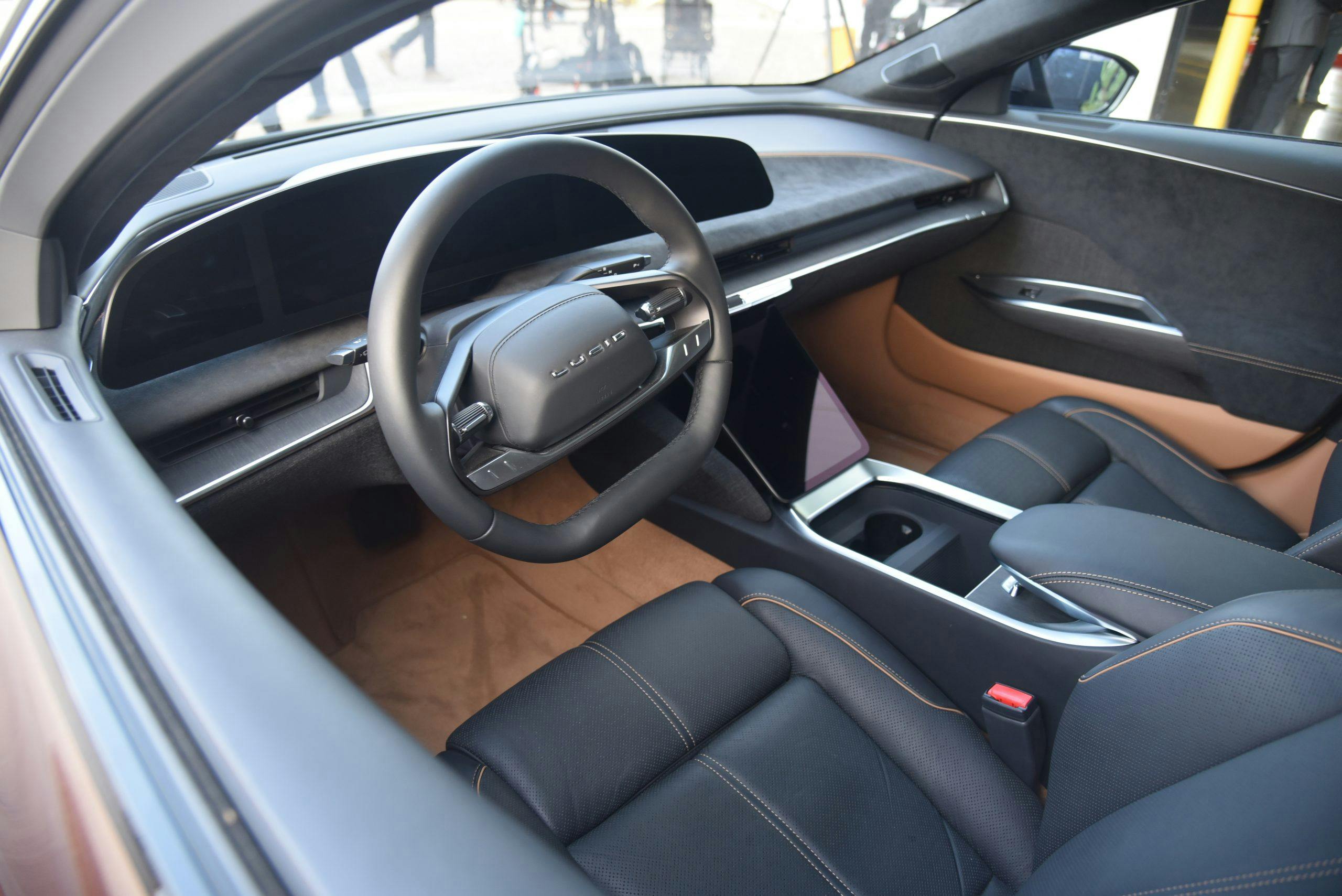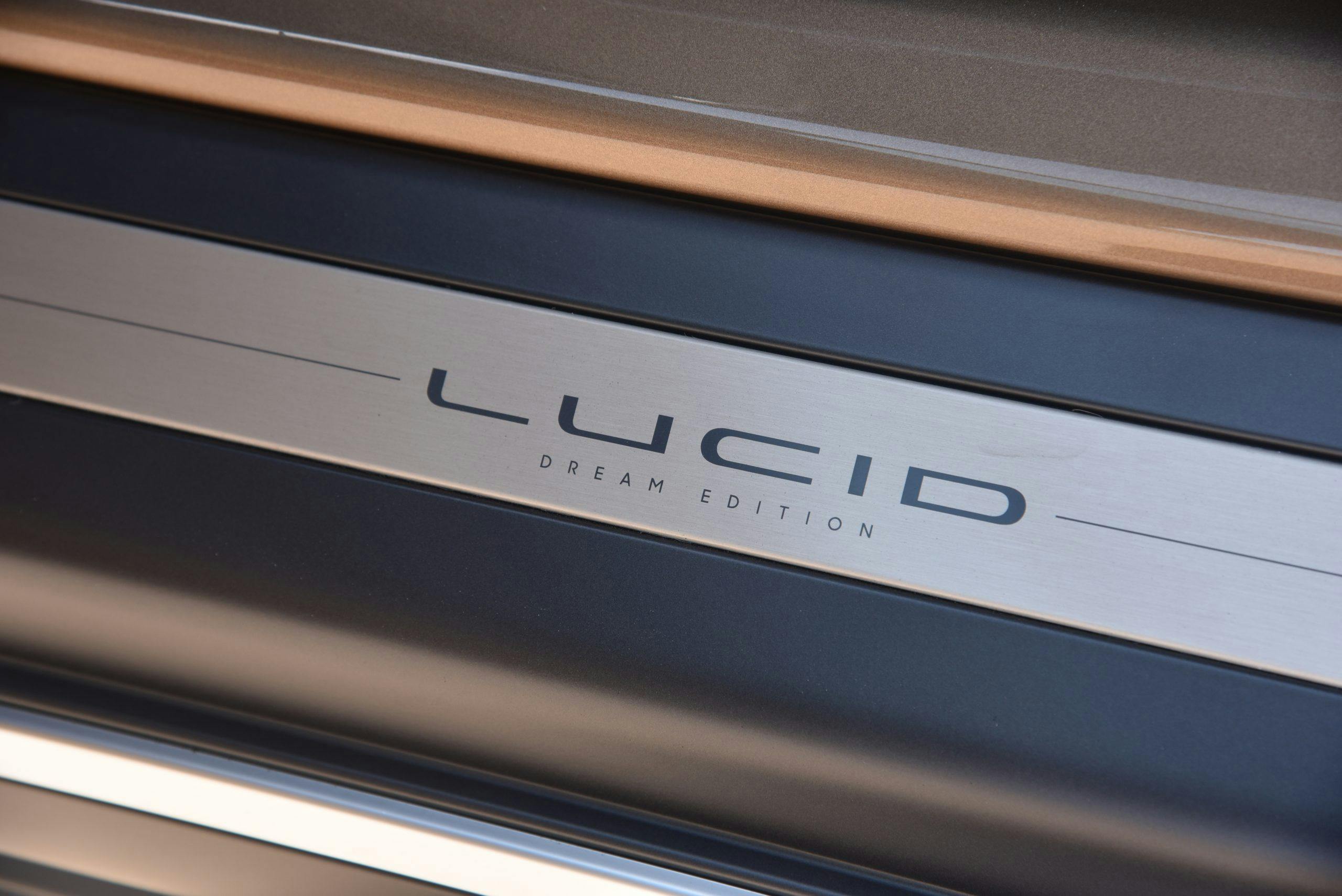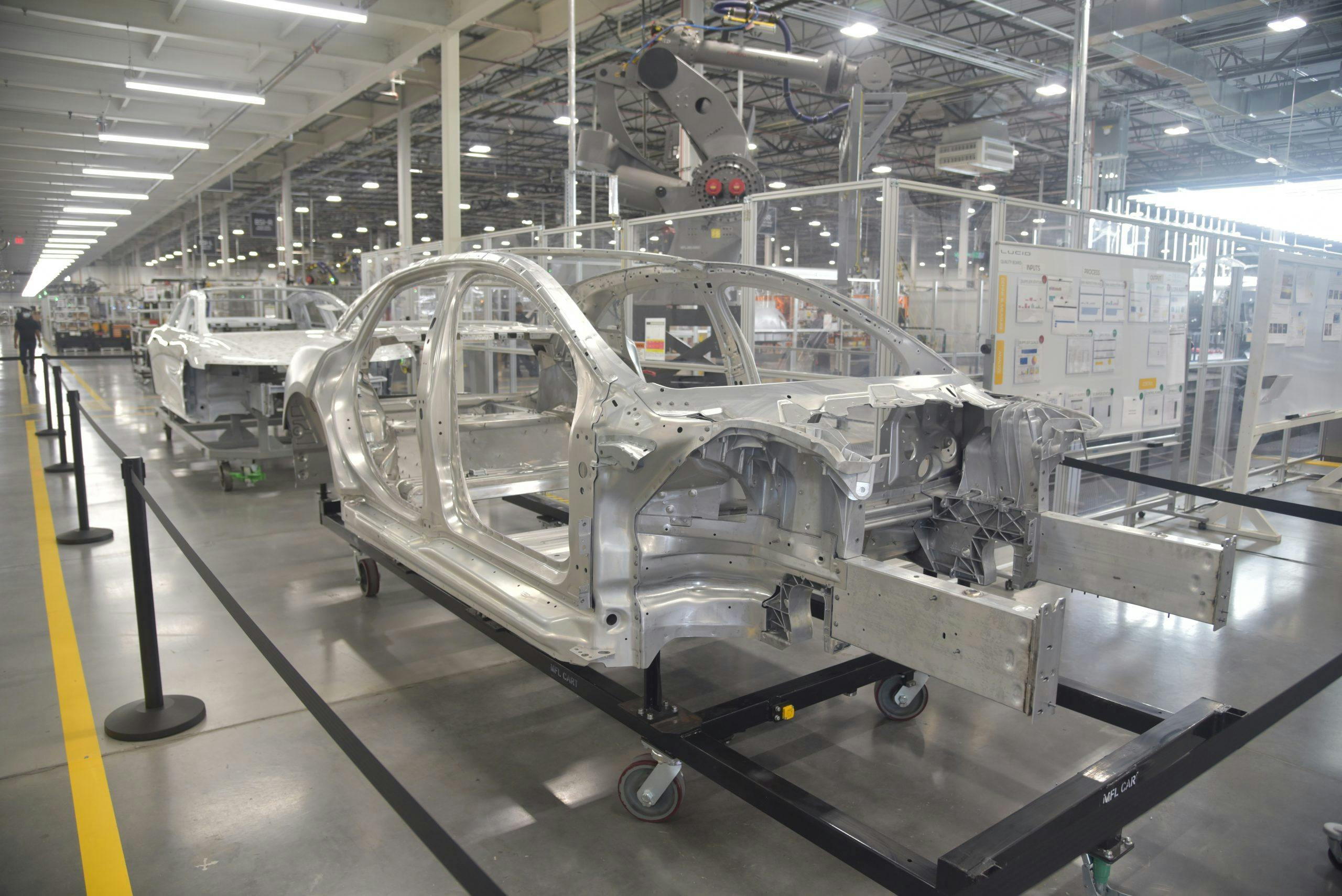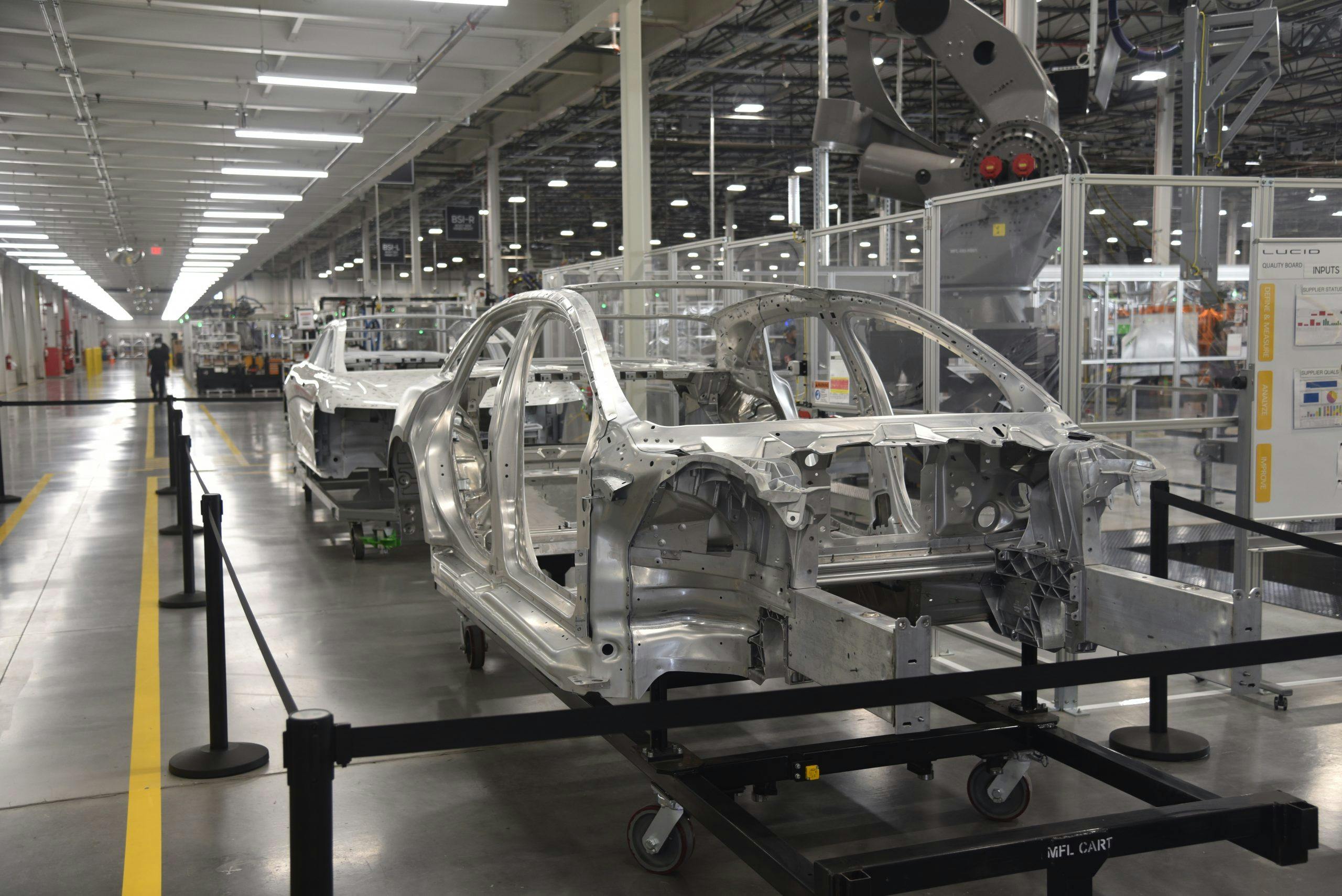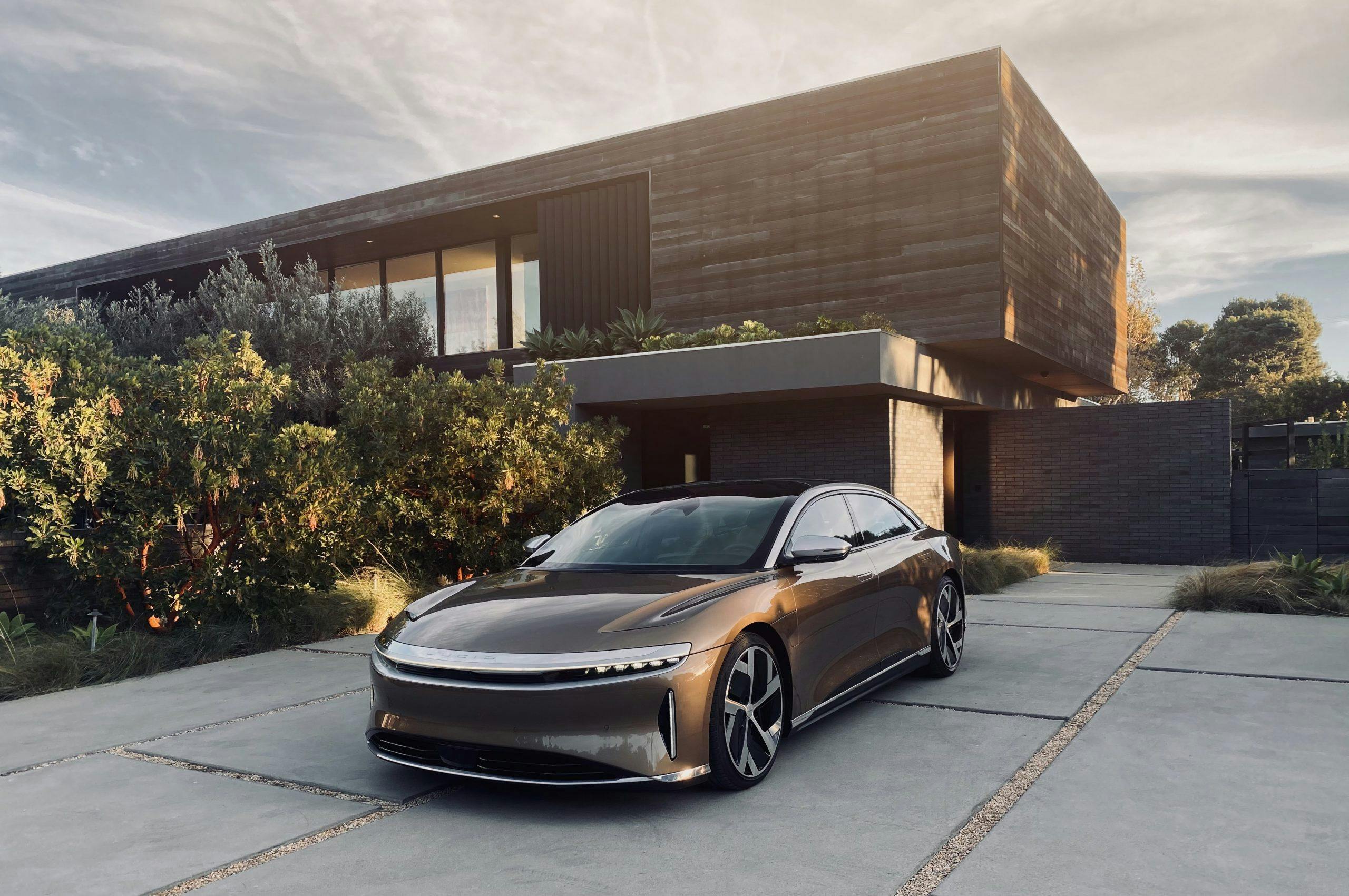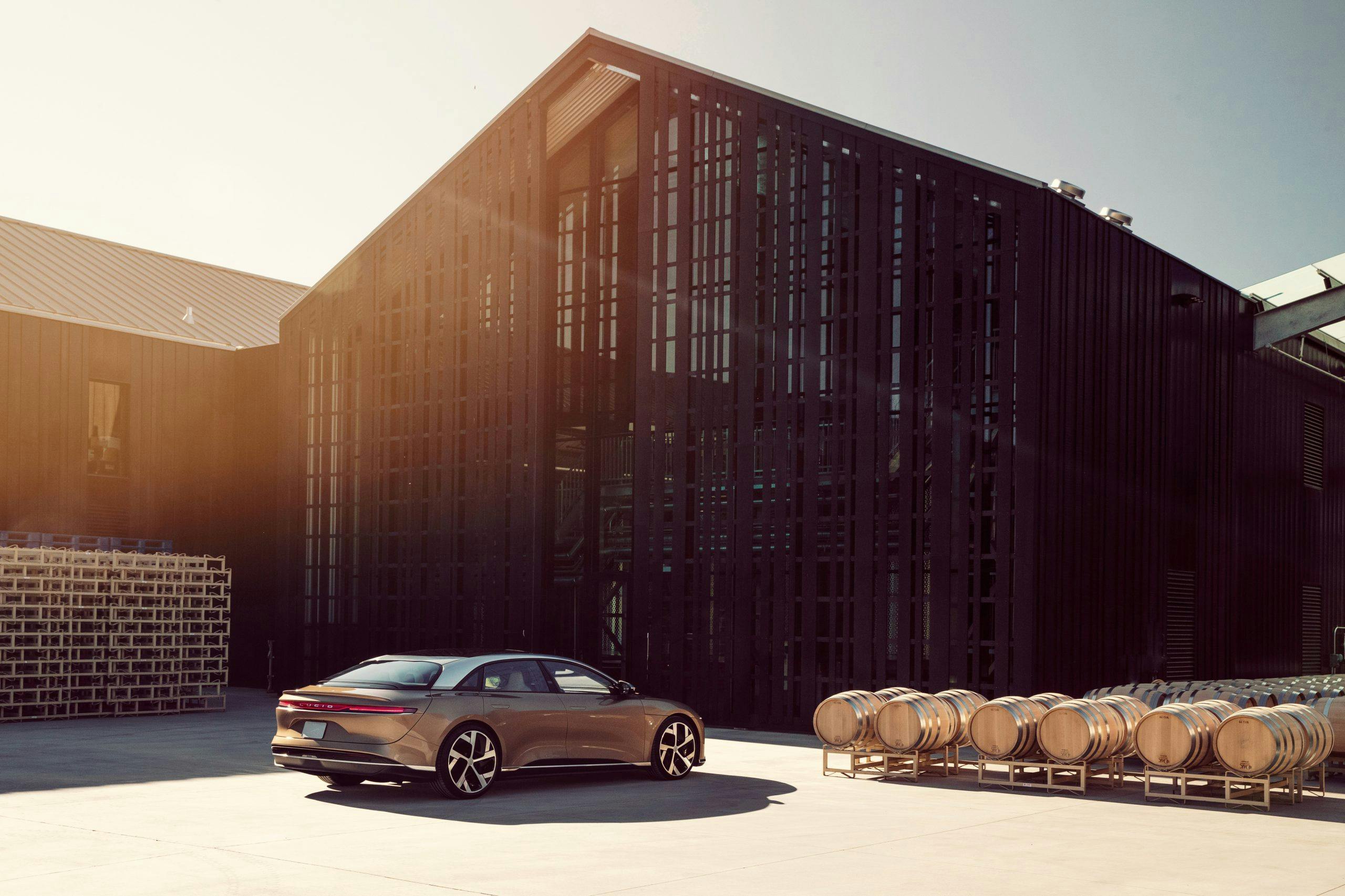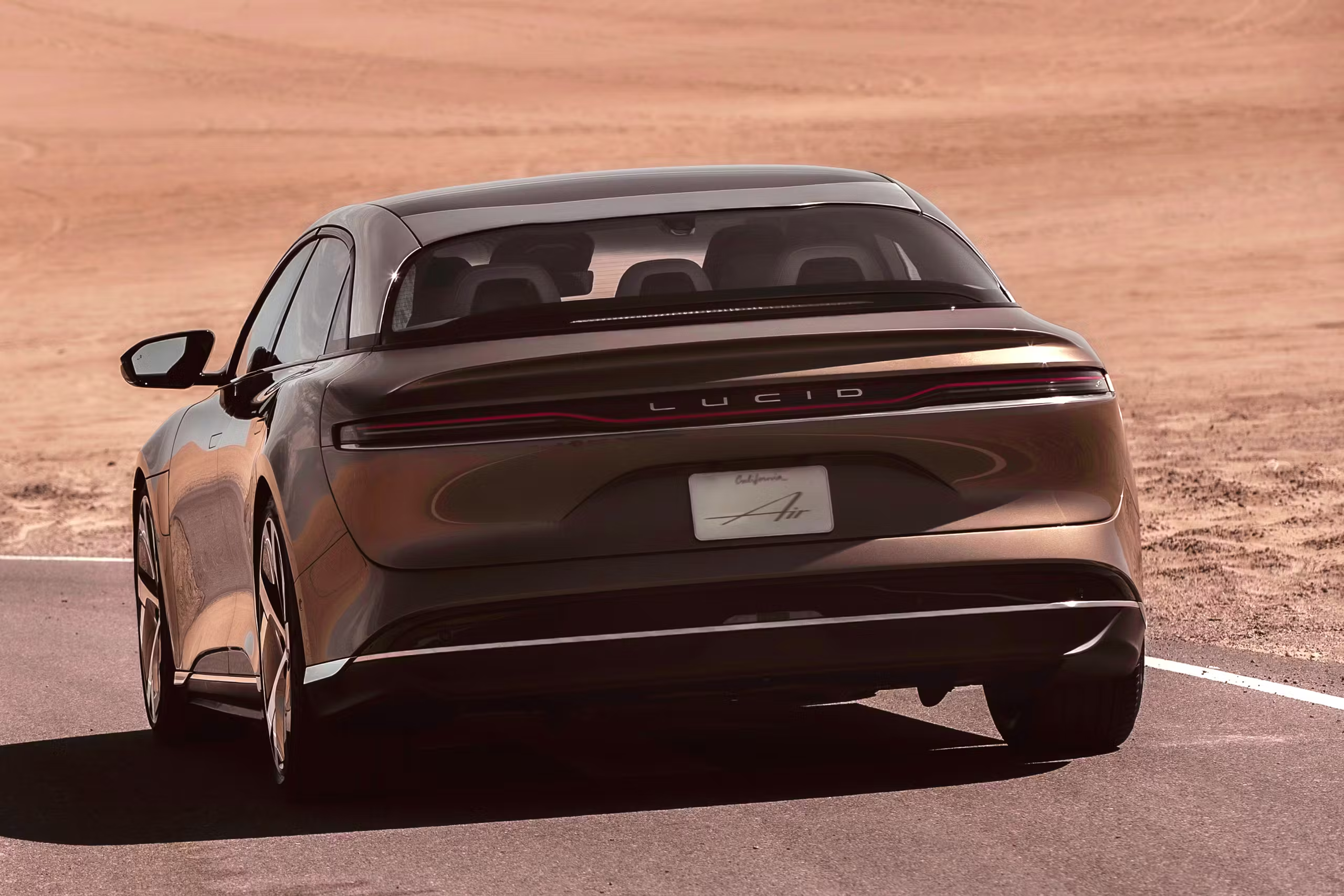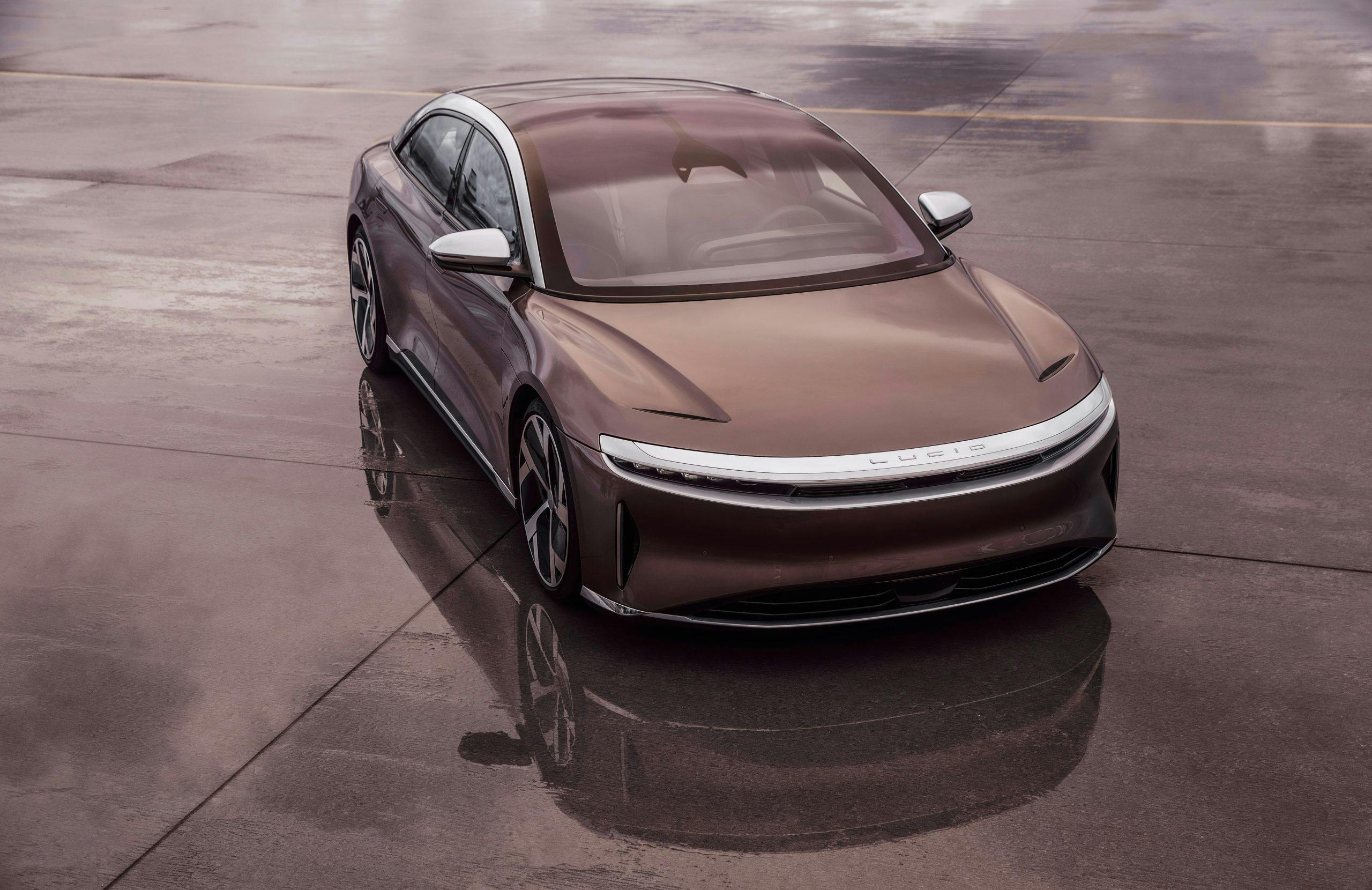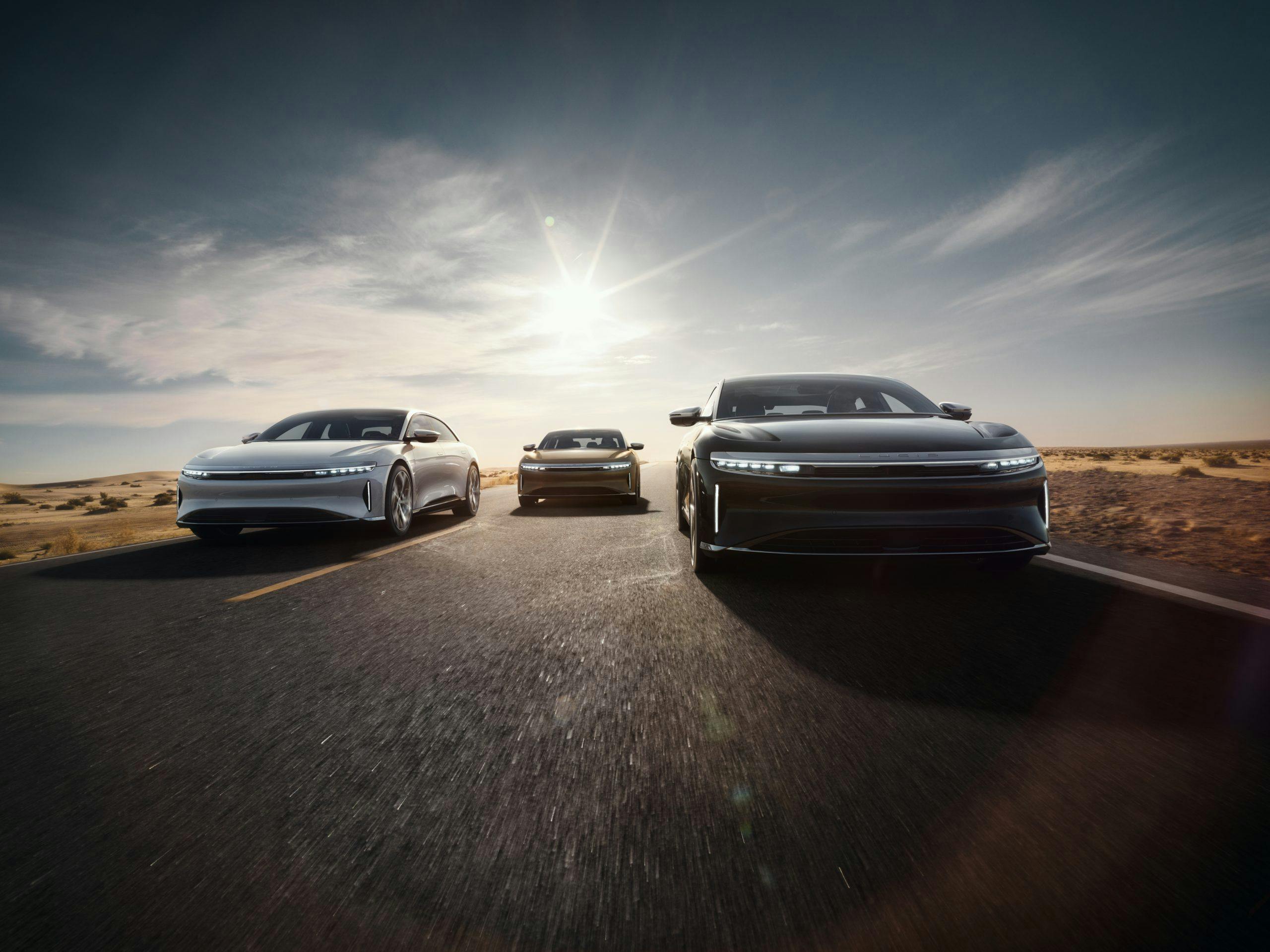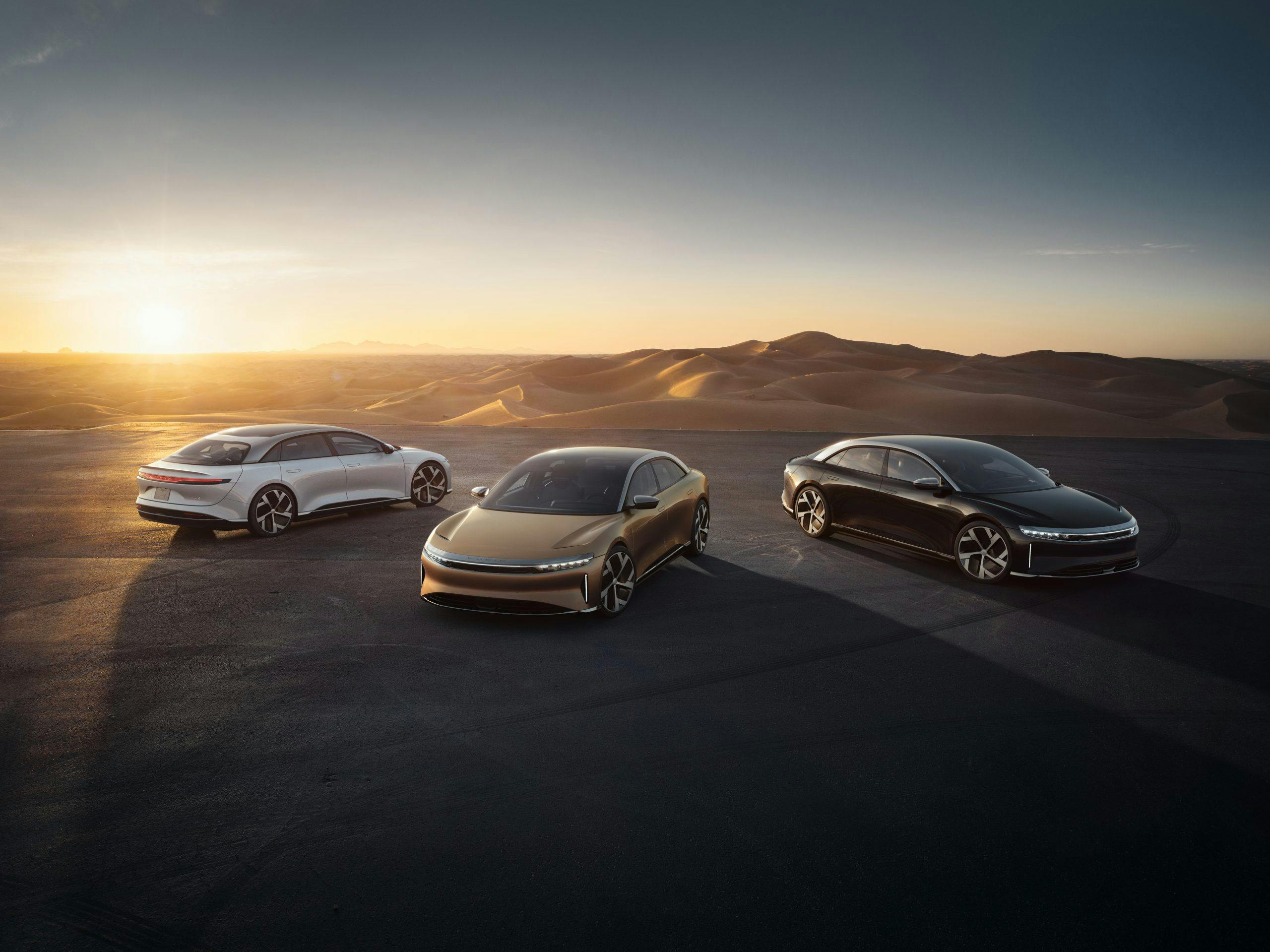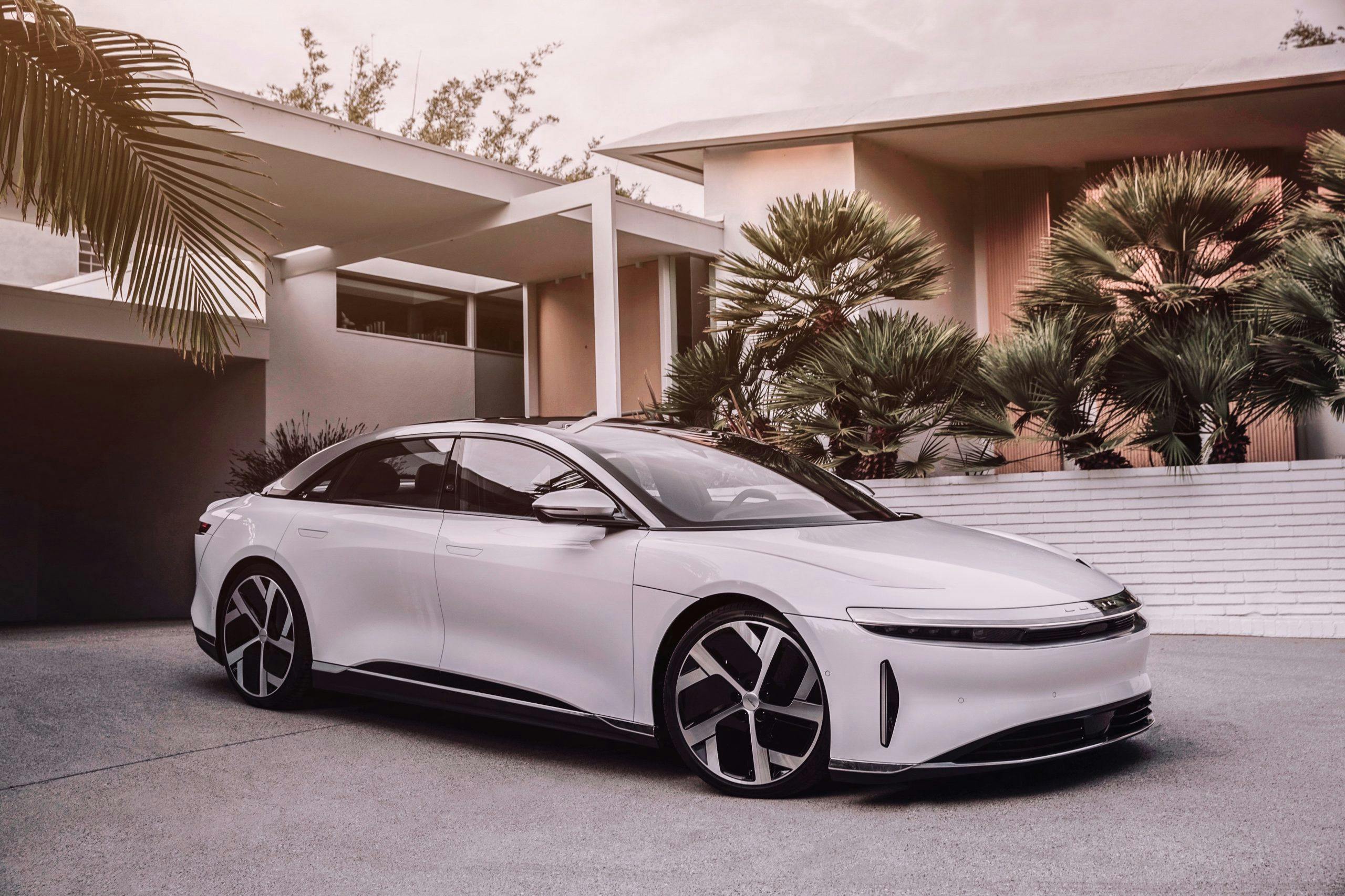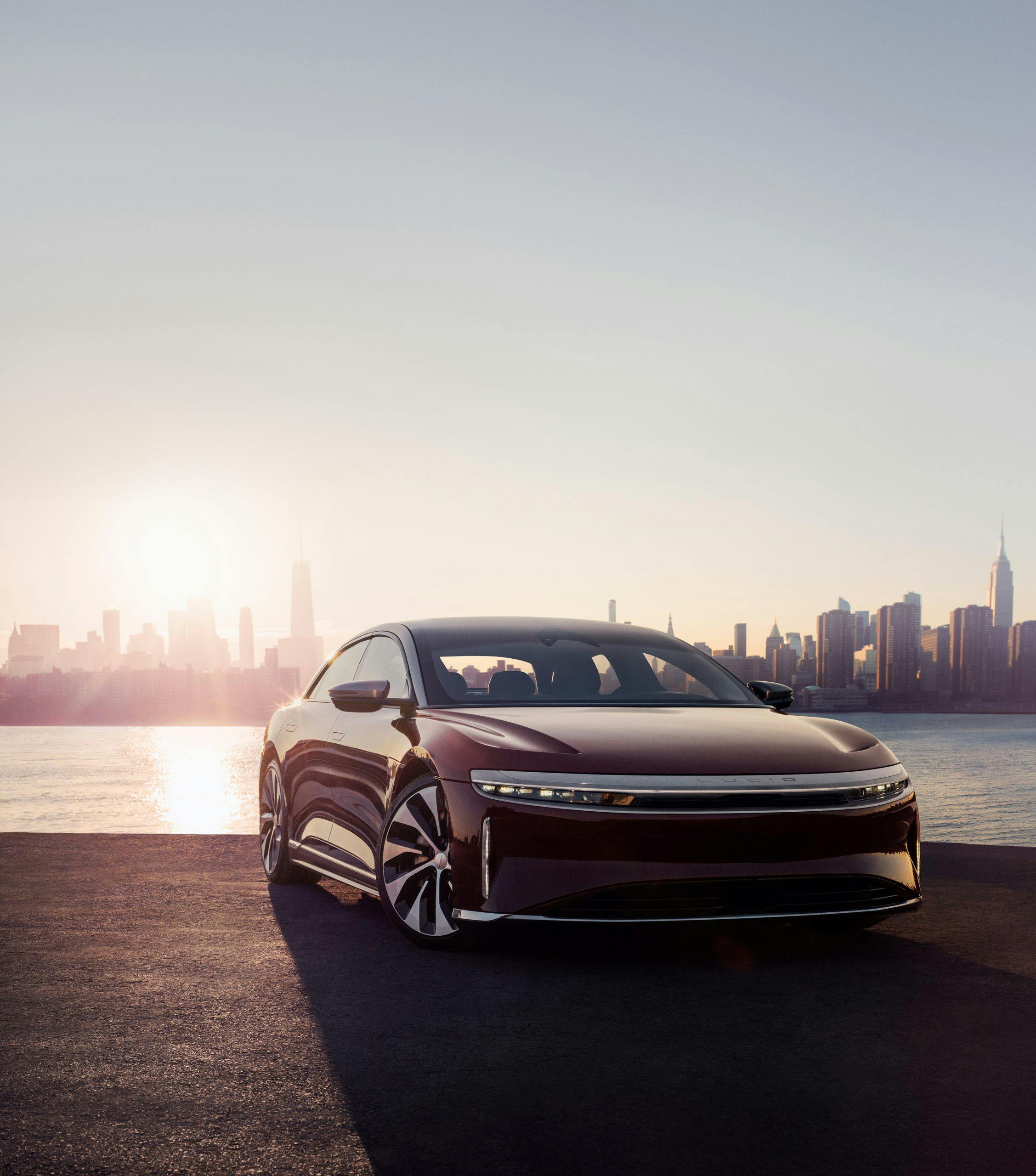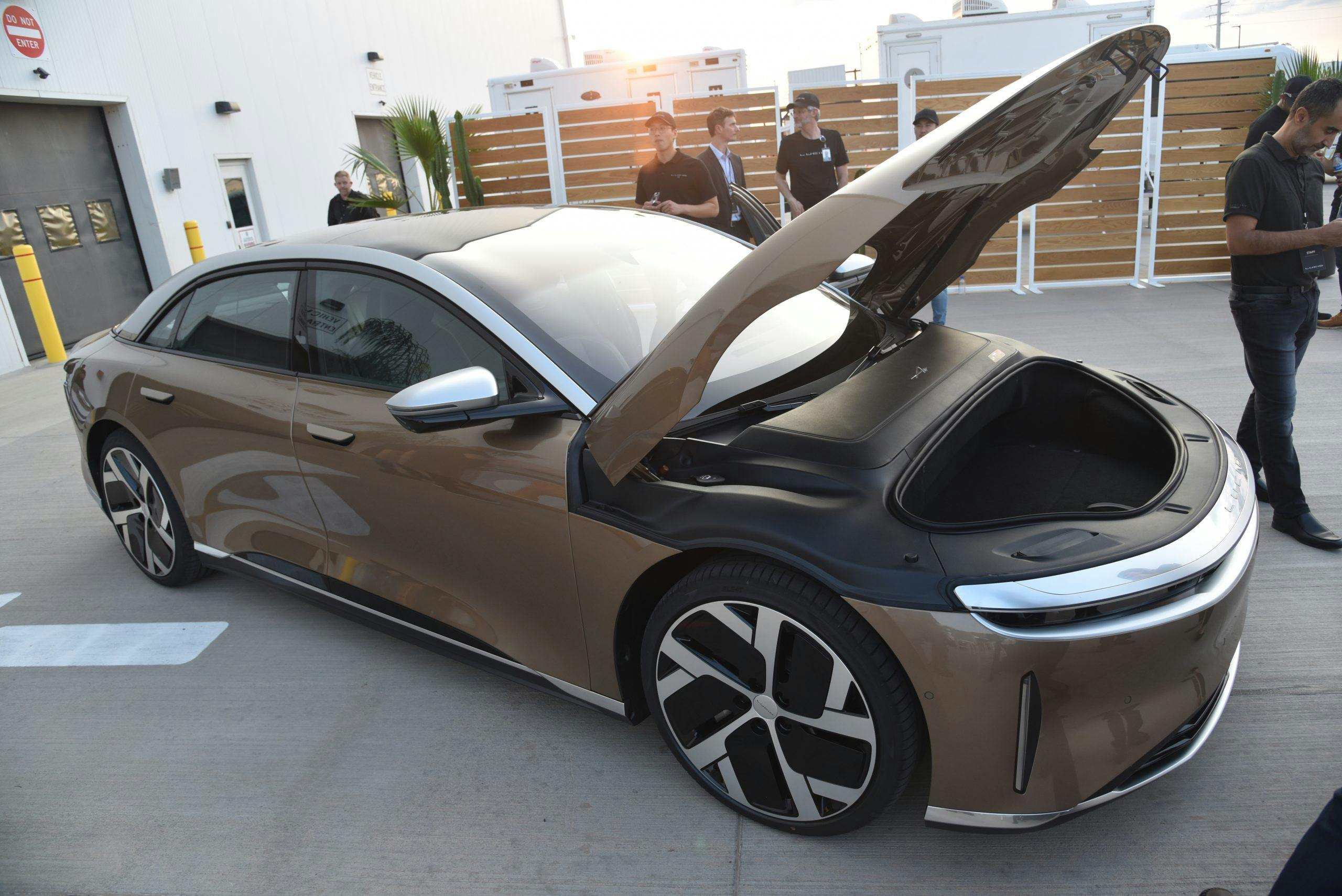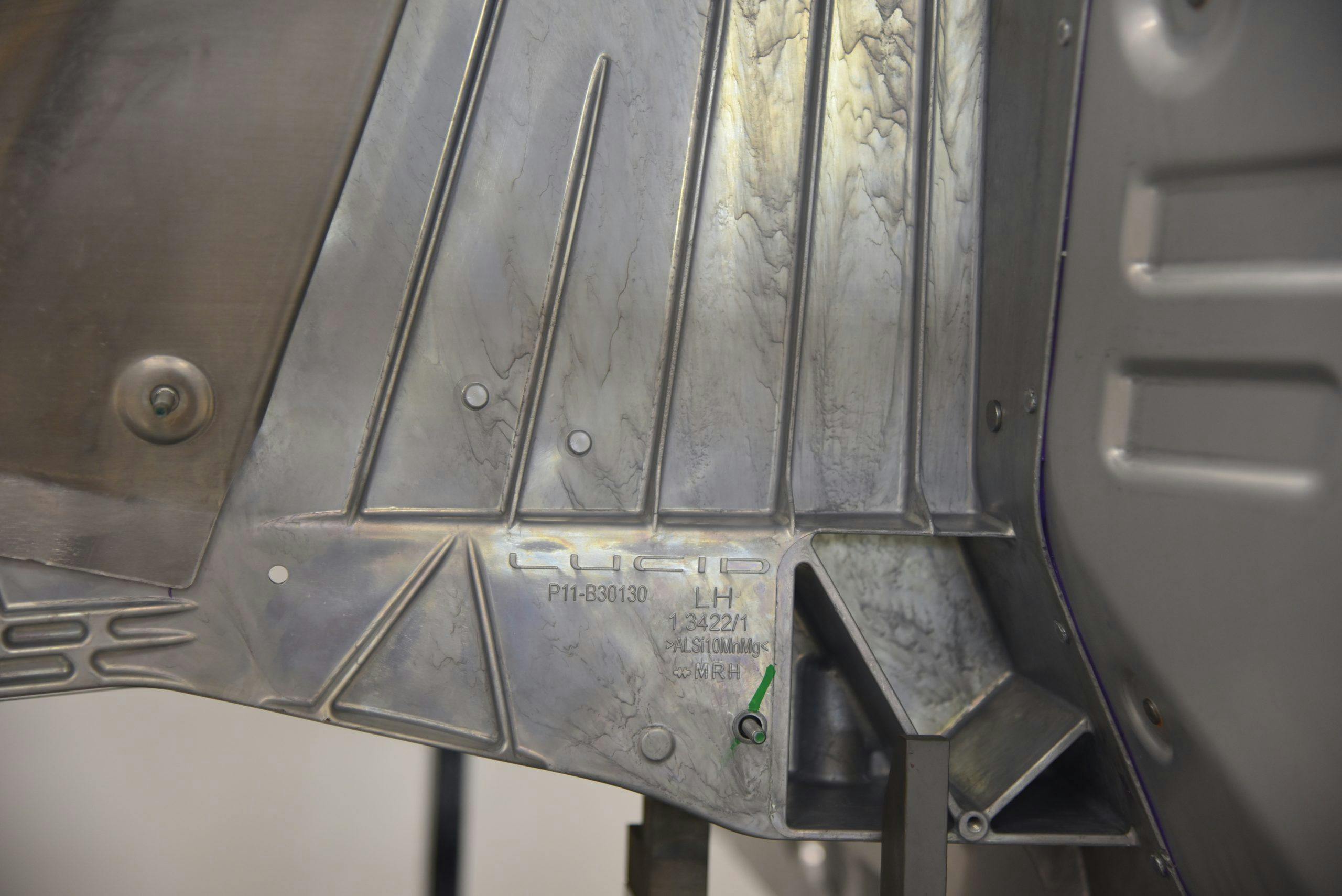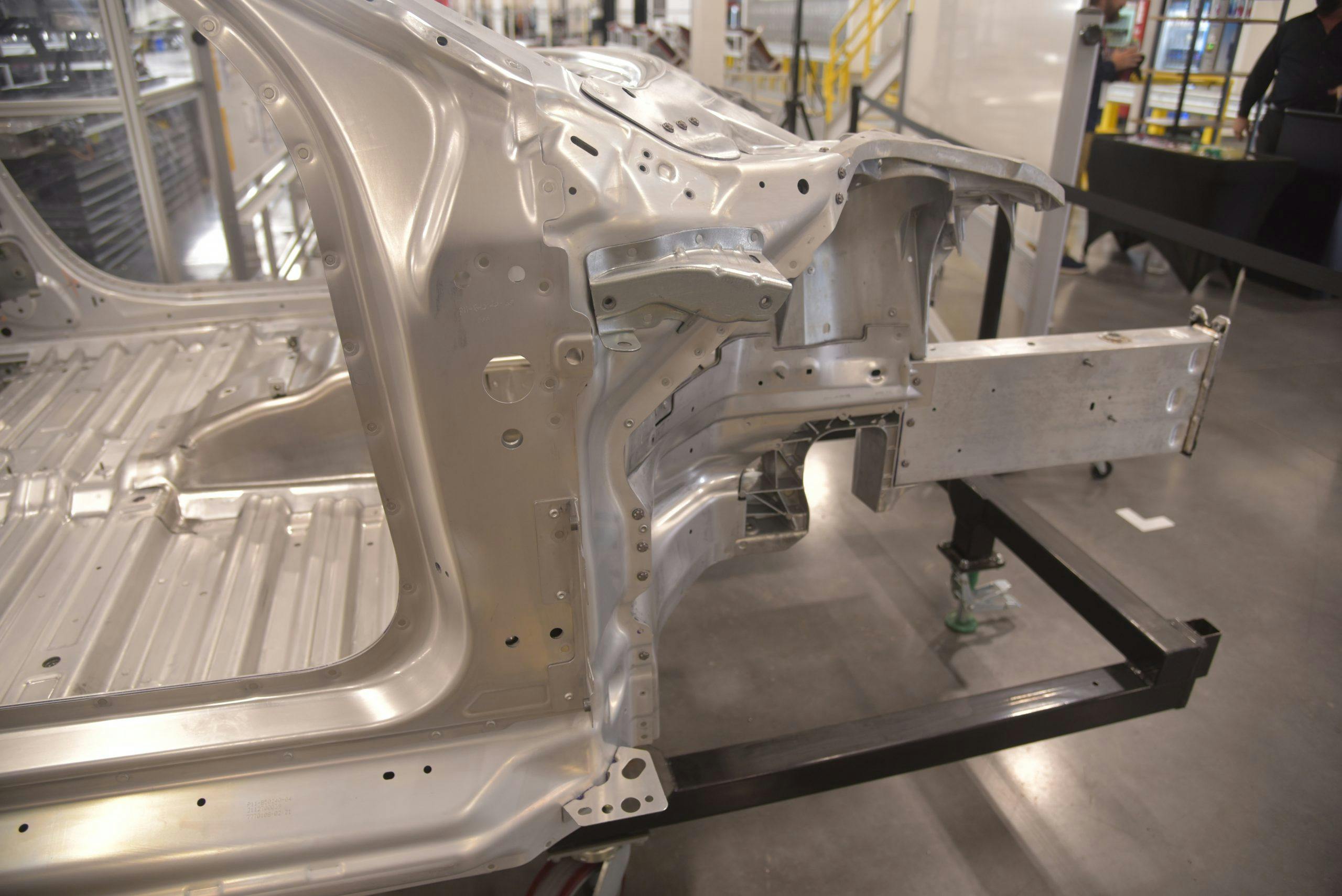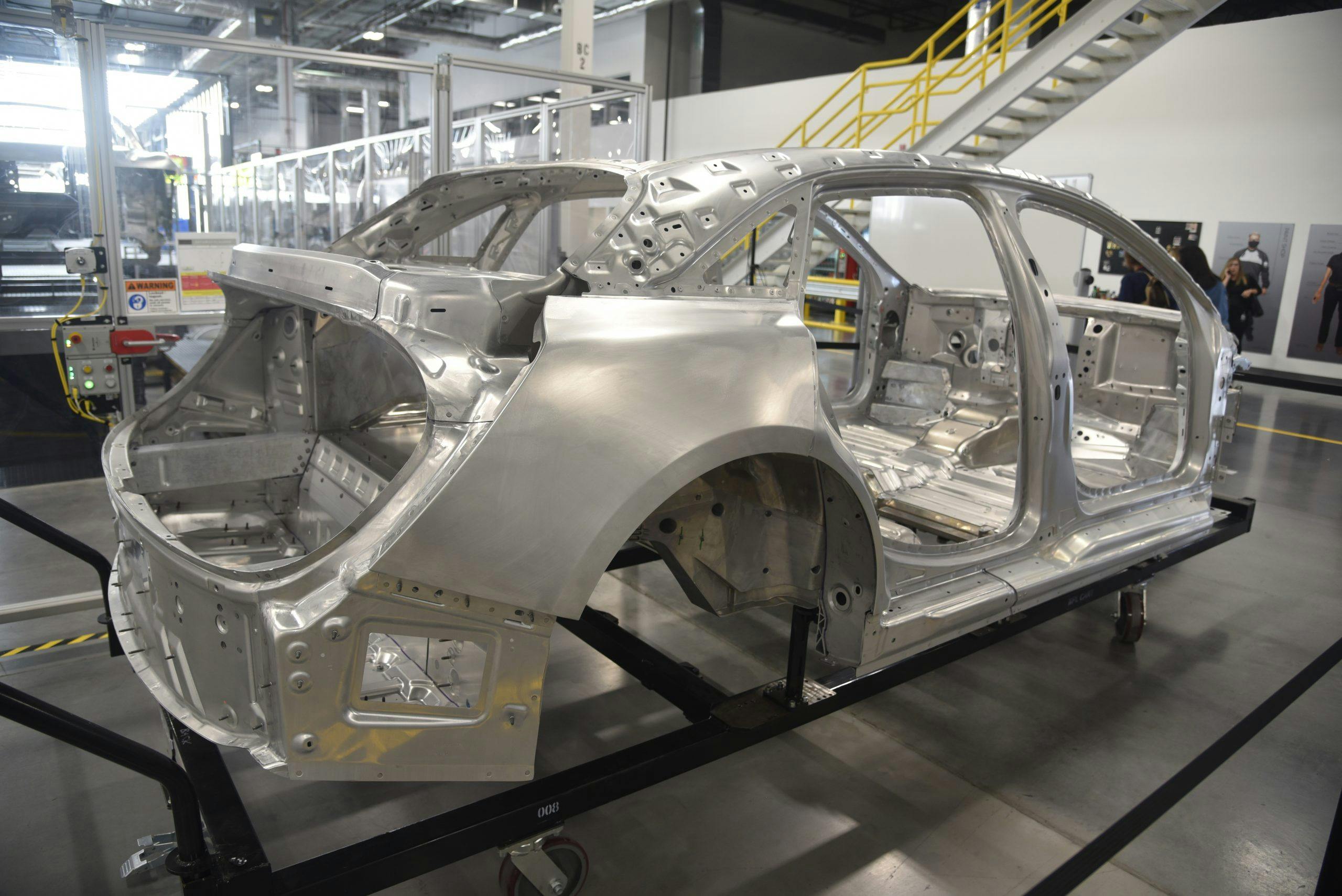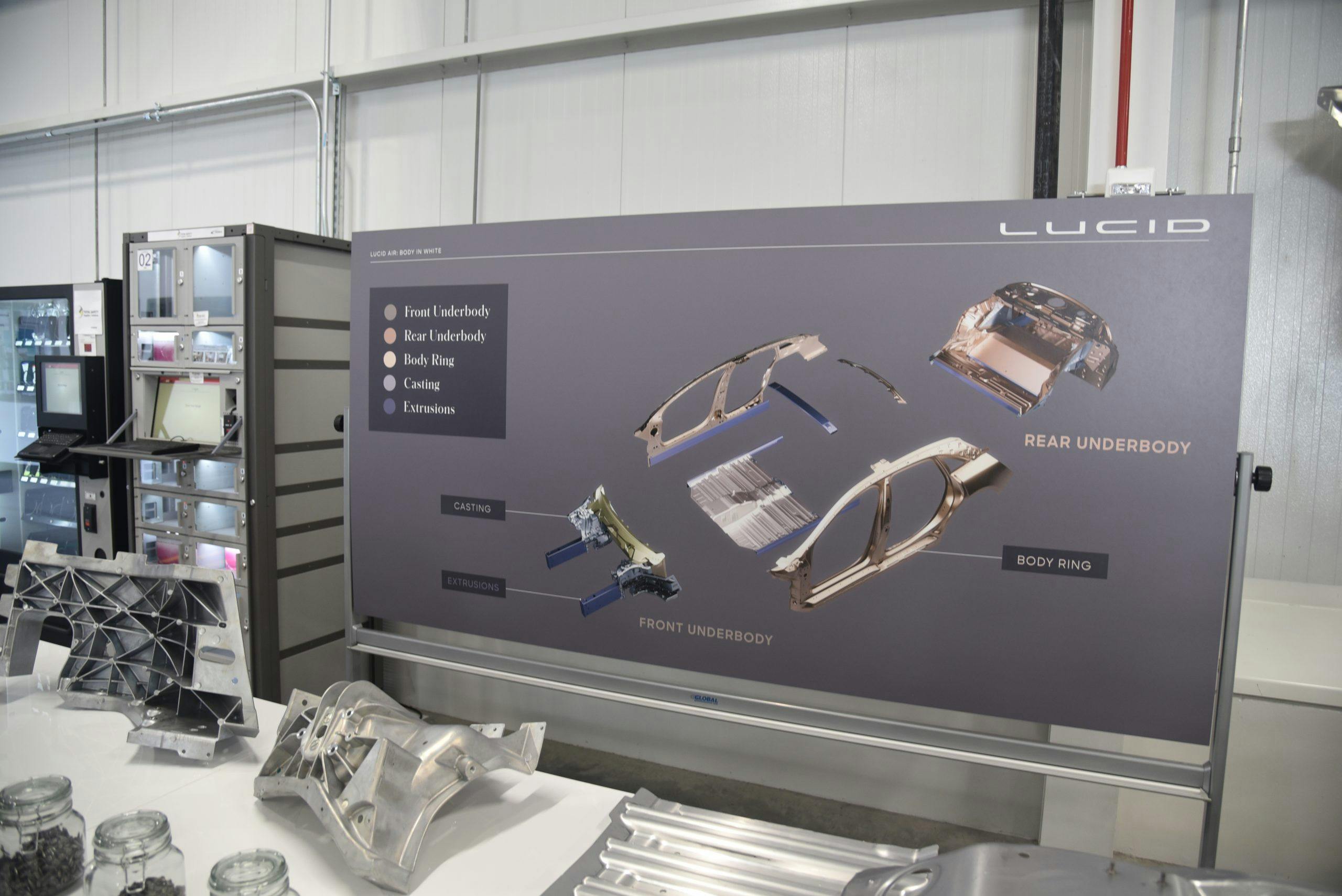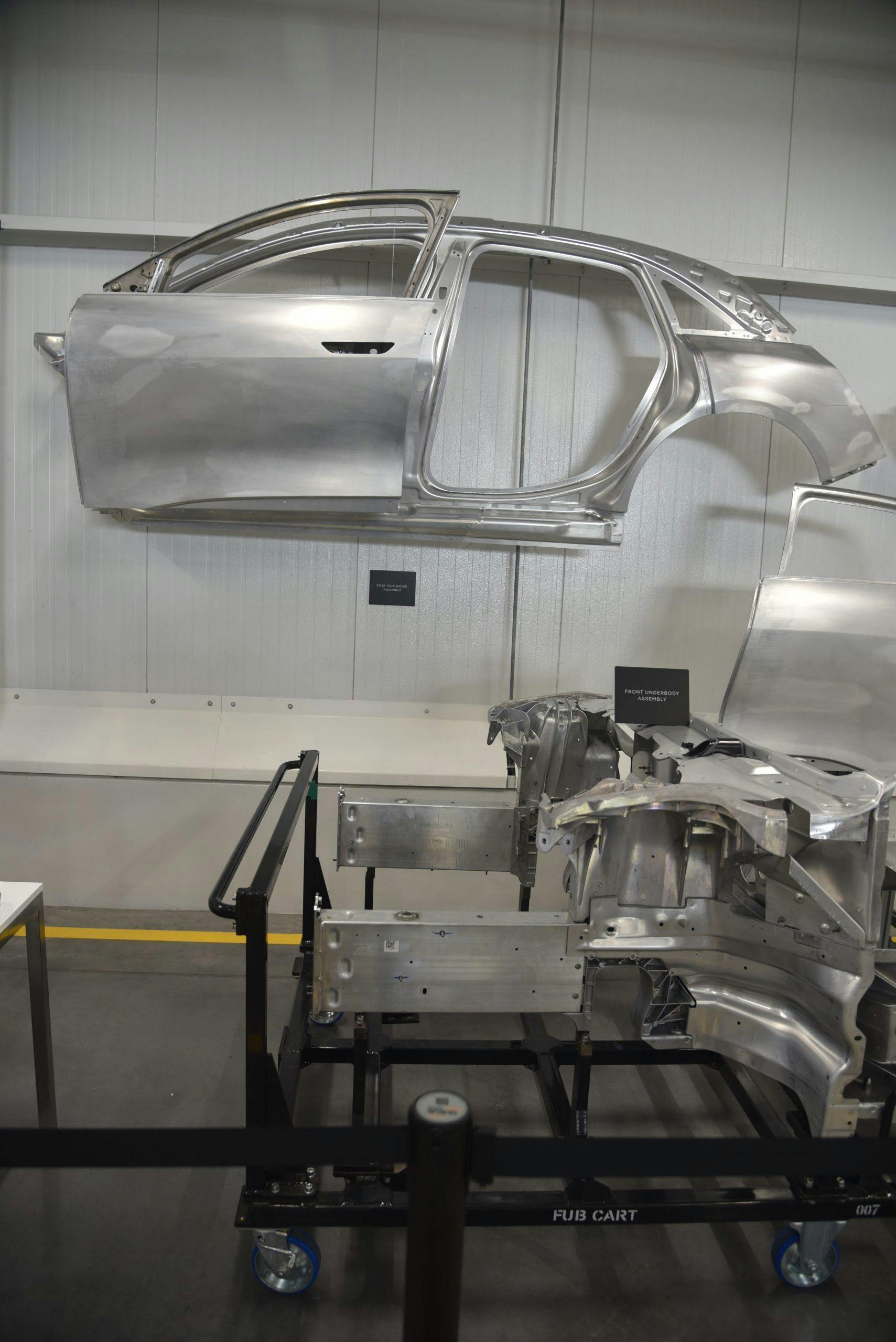Media | Articles
First Look Review: 2022 Lucid Air Dream Edition Range
The word “lucid” refers the quality of clarity or easy comprehension. It seems the perfect name for a company so plainly conceived to take on Tesla, which has during its brief history been neither easy to understand nor famous for its clear thinking. With the Air, Lucid delivers an electric all-wheel-drive sedan with a few brave engineering choices sprinkled into an otherwise straightforward proposition: long range in the lap of luxury, for lots of money. The brand’s arrival seems a, er, lucid moment amid the raging hype surrounding the coming electric-vehicle revolution.
If you haven’t been following Lucid’s story closely, let us update you in a nutshell: As you read this, cars are rolling off the line of a gleaming new assembly plant halfway between Phoenix and Tucson in Casa Grande, Arizona. The first deliveries to customers are slated for October 12; some cities including Los Angeles already have empty Lucid showrooms waiting for cars. The Air is the publicly listed company’s first product, an elegant and modern luxury liner that aspires to outclass the Mercedes S-Class. The top trims, including the 1110-hp Dream and 800-hp Grand Touring, pack a mammoth 112 kW/hour battery under the floor that the EPA just certified as having a 520-mile range, while the lower trims (the 620-hp Touring and entry level 480-hp Pure) max out at about 400 miles with their smaller 88 kW/hour packs. The Pure will start at $77,400 and the prices escalate from there to $139,000 for the GT. Reservations for the limited-edition $169,000 Dream Edition, such as our test car, are now closed. Lucid’s manufacturing capacity will expand to bring to market the Gravity SUV by the end of 2022, using the same platform and hardware as the Air.
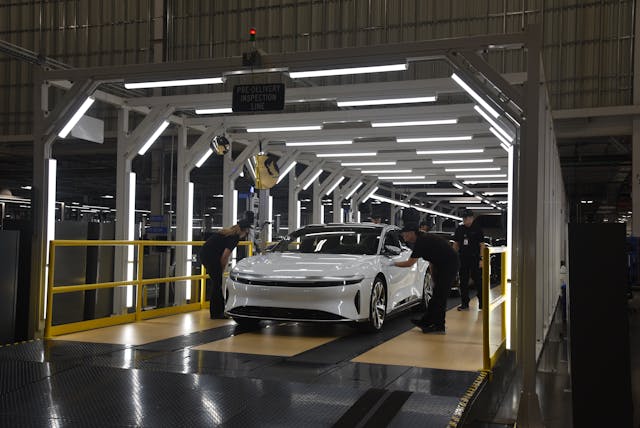
At first glance, there’s nothing particularly revolutionary about what seems a fairly straightforward luxo-limo with exceptionally good road manners and bang-your-head-back acceleration. But start opening doors and pushing buttons and peeling back fenders and you quickly discover that the Lucid has some fascinating tricks in its pockets. There’s the 7-cubic-foot front trunk, for example, fronted by an array of LED headlights fixed in a massive and inordinately complex single-piece plastic molding that has won engineering awards. The 16-cubic-foot rear trunk is accessed by a large composite clamshell that wraps around the rear corners and, when open, resembles a military cargo plane in full gulp. This is the car you want to take on airport runs.
The unique roof, which is available on every version except the base Pure, consists almost entirely of smoked, infrared-resistant glass set in a latticework of silver-painted roof beams. Look up from one of the seats and you are reminded of being in the glass cupola of the fictional Nautilus submarine. Whatever is in that glass works well to block infrared rays, because a piercing Arizona sun couldn’t do much to warm the car’s cockpit on our drive. Thus, all that heavy material seems worth whatever it adds (and it adds a lot) to the prodigious 5200-pound curb weight of the up-trim cars.
There’s also the guts of the car, which demonstrate that Lucid is in no way half-assing this project. The all-aluminum structure incorporates technologies such as thin-wall high-pressure die-casting and spin-friction self-piercing riveting that were novel in the industry just a few years ago. Lucid has also taken the brave step of designing and building its own battery packs and electric motors, finding nothing to its liking out in the global supply base. The 924-volt packs have more voltage than the 400-volt packs used by Tesla and the 800-volters in the Porsche Taycan, all in order to reduce the amperage loads in the car’s drivetrain and thus improve efficiency. Because of the high voltage, they can also charge at the quickest fast-chargers slowly spreading across America, as well as supply AC power to your house via a hefty onboard charger which Lucid has dubbed the Wunderbox.
Marketplace
Buy and sell classics with confidence

Lucid’s parent company, Atieva, has built the battery packs for several seasons of Formula E. It thus knows a thing about high output and resulting heat. In a separate facility, Lucid builds the Air’s pack starting with 21700-size cylindrical lithium-ion cells from Korea’s LG (and others, we’re told), with 300 of the cells fitted in neat rows to a single module and 18 to 22 modules assembled within a sturdy aluminum tray. Thus, each car’s pack contains 5400 or 6600 individual cells, which are about the size of a .50-caliber shell casing, glued in place in their specially designed module boxes to maintain perfect equidistant alignment for temperature control. When the fully assembled pack (a single massive robot arm that looks like something out of The Iron Giant and lifts the finished tray onto a carrier for shipment to the nearby final assembly plant) is bolted to the bottom of the car, the heavy tray acts as both a structural element and, because of subtle sculpting, an underbody aerodynamic element.
In contrast to the Lucid’s battery pack, its motors seem a miracle of miniaturization, the coaxial units (meaning they sit in the centerline of the axle) being not much larger than a bowling-ball bag and weighing in at 163 pounds, yet capable of enormous power for sustained periods without overheating. We’re told this performance capability has much to do with the design of the non-moving ring-like stator and the identification of inherent electromagnetic “dead zones” in it; other motors don’t utilize these zones but in Lucid’s motor they are packed with liquid cooling tubes to keep the unit chilled and efficient without compromising any efficiency loss from the stator.
One thing Lucid would not divulge is how the advertised torque-vectoring differentials work. But during a 20-minute drive that allowed us to throw it around a couple of freeway on-ramps and one decreasing-radius turn, the system proved subtle to the point of total transparency. It’s hard to tell if it’s the differentials that are the stars, the bespoke 21-inch, 35-series Pirelli summer tires (all-seasons are available along with 19- and 20-inch wheels), the electronically adjustable suspension, or the fact that the car carries more than a quarter of its weight below the floor, but the Lucid is an agile road machine, especially for its weight. It corners with huge grip and a reassuringly quick response to steering inputs.

And once the road straightens again, the Air launches at the horizon with the vertebrae-stressing blast we’ve come to expect from the electrics at the top of the food chain. We weren’t even allowed to try the car’s randiest setting, called “Sprint”—a more buttoned-down name for what is likely something similar to Tesla’s “Ludicrous” mode. (Excuses were made about wanting to stretch the car’s range out so that all attendees could get a chance to drive.) The two other modes, “Smooth” and “Swift” proved that Swift is the most natural-feeling, while Smooth goes heavy on the regen to permit one-pedal driving in traffic. We did not get to explore the Air’s “Dream Drive” function, which incorporates cameras, ultrasonic sensors, and a forward-looking LIDAR laser-radar unit to provide limited autonomous function. Incorporating the LIDAR unit, the Air promises more reliability to its self-driving function than Tesla’s camera-based Autopilot. One thing we liked and experienced at every stoplight: The Lucid does not crawl forward when you lift the brake from a stop, as some electrics do to absurdly mimic the behavior of old-school automatic transmissions and torque converters.
The Air’s cockpit will feel like a major step up for anyone stepping out of a Model S. One problem with Tesla is that it doesn’t do much inside to distinguish its different trim levels, while Lucid goes to greater lengths to make all of its customers feel special—especially its top-tier buyers. Various leathers, woods, and metal-like surfaces mix together with today’s de rigueur high-def touch-screen displays in a pleasing way that evokes the latest home décor catalogs. Our favorite was an optional fabric trim known internally as “Jade,” even though it’s not green but rather a sort of brushed-steel gray. Apparently it is woven from polyester and Alpaca wool and was one of several experimental materials that Lucid went to lengths to validate for durability and ease of assembly. If you desire something a little different in your luxury electric, you’ll want to extensively peruse Lucid’s online configurator.
The space inside the Air is, well, airy, if not surprising given the 116.5-inch wheelbase, which is about the same as the current Benz S500. If you opt for the 520-mile pack, extra battery modules get stuffed under the front seats so the rear passengers lose some toe space, but enough that you would notice unless you’re exceptionally tall. The drivers controls have an instant familiarity and sit in a good relationship to each other, but the steering wheel could use a little more telescope reach. Unlike Tesla, which brooms almost all car functions into the giant central touchscreen, the Lucid reserves some controls for dedicated buttons and twin thumb-wheels on the steering wheel. In our brief drive, and with a Lucid employee assisting, we plumbed the depths of the Lucid’s various menus and found them to be not all that deep, a blessing for people who are fed up with the overly complicated menus found in many high-end cars.
Above all, the big surprise here is how well-finished and integrated the Lucid Air is. It drives and feels like the product of a much larger car company. No surprise that many of its engineers are graduates of other carmakers, some coming to Lucid via Tesla. Our factory tour in Casa Grande was led by a kind of United Nations of car builders, with engineers from Detroit, Wolfsburg, Crewe, Stuttgart, and Seoul all taking turns to explain the Air’s many attributes. If the auto industry is ripe for disruption (it definitely is) then some of its fiercest disruptors have come from within the establishment’s own ranks, exhausted by stifling corporate cultures and brands that wear their history as millstone around their necks.
At Lucid, these disruptors are creating a whole new car, for a whole new brand, in a whole new factory staffed by people infused with different experiences and best practices from across the industry. It is an incredibly daunting challenge mixing all that into a salable automobile, but the Air is a convincing indicator that Lucid is anything but vaporware.
2022 Lucid Air Dream Edition Range
Base Price: $169,000 (excluding destination fee)
Highs: Superlative range, neck-snapping acceleration, spacious interior with several different flavors.
Lows: Expensive, heavy, not everyone cares to be beta testers for a new car company.
Summary: Tesla has a direct competitor on its hands, and Lucid’s arsenal of expertise from across the industry promises an interesting rivalry ahead between the two California brands.

